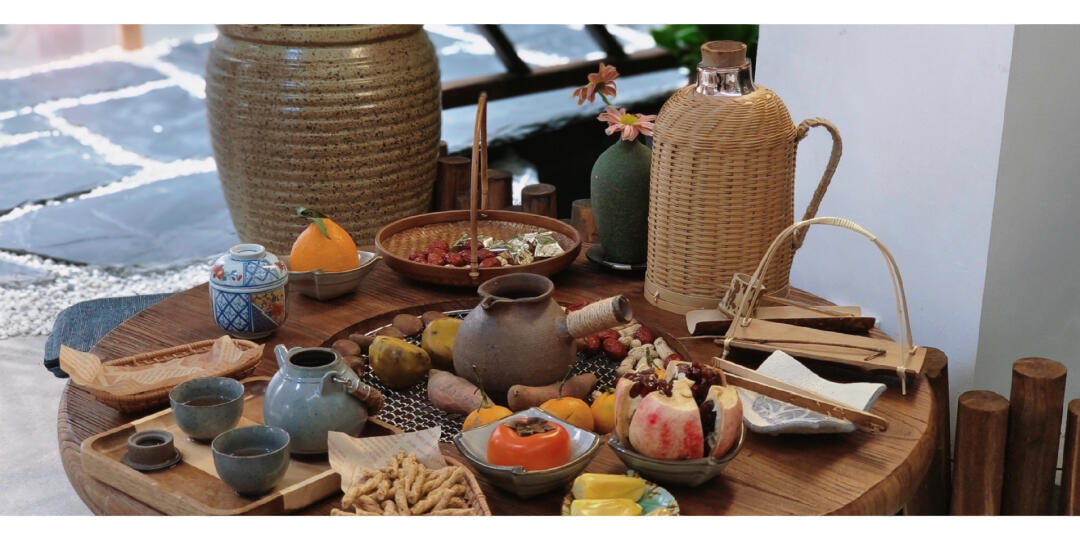Ink art is an excellent tradition of the Chinese nation and contains the essence of five thousand years of Chinese civilization. Ink art, with its noble spiritual quality and independent language system, has formed an art form with Chinese characteristics. Ink painting is a type of Chinese painting, which refers to paintings made purely with ink. It uses one of the unique materials of Chinese painting, special smoked ink as the main raw material, and mixes it with different amounts of water to create different shades and levels. It has a unique charm called "ink charm". Chinese ink painting pays attention to "vivid charm", which means that it does not stick to the likeness of the appearance of objects, but emphasizes the expression of the author's subjective taste. In addition, ink paintings are presented on rice paper to best bring out the charm of ink. Painters also like to write poems and calligraphy, and add red seal signatures. In short, Chinese ink painting takes the expression of ideas and the carrying of spirit as its basic appeal, freehand brushwork as its core way of thinking, and its creative method of combining poetry, calligraphy, painting and sealing, which has profoundly influenced the creation and research of contemporary Chinese ink art.
Regarding the past and present of Chinese ink art, we have to go back to the Neolithic Age, when people carved lines, patterns or words on pottery. With the development of the times, ink painting has now become the main form of expression of ink art. During the Tang Dynasty, ink painting achieved great development. Due to the prosperity of economy and culture, ink painting masters emerged in endlessly. During the Song and Yuan Dynasties, the development of ink painting reached its peak. Freehand ink painting paid more attention to the flavor of traditional culture and the expression of personal subjective emotions. The well-known "Dwelling in the Fuchun Mountains" is the work of the Yuan Dynasty painter Huang Gongwang. It is one of China's top ten famous paintings and a national treasure of China.

Ink art is not only a representative element of traditional Chinese culture, but has also become an important part of the development of contemporary Chinese art. However, this is only the beginning. How to integrate contemporary culture into ink art, express contemporary ideological status, and serve contemporary culture, we still have a long way to go.






